Two years ago, writers Megan Fizell of Feasting on Art and Andrew Russeth of the New York Observer helped me compile the first year-end roundup of food-art. That is, food inspired by art and art inspired by or involving food. They’ve kindly returned to the blog to do it again. Together, we’ve come up with a list of some of this year’s best, from museum feasts and baking performances to mobile farm stands and guacamole sculpture. Bon appétit.
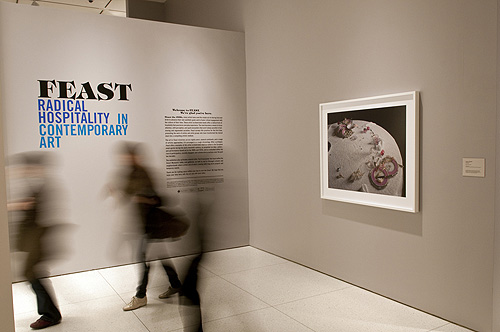
“Feast: Radical Hospitality in Contemporary Art.” On view February 16–June 10, 2012 at the Smart Museum, Chicago.
Best Non-Edible Exhibition: Feast: Radical Hospitality in Contemporary Art
Considering the ritualized act of eating, the exhibition Feast: Radical Hospitality in Contemporary Art at the Smart Museum in Chicago presents “the work of more than thirty artists…who have transformed the shared meal into a compelling artistic medium.” FEAST brings together artists concerned with the act of consumption with performance pieces by Lee Mingwei, who shared a one-on-one meal with a guest selected by lottery, and Mella Jaarsma’s I Eat You Eat Me, where participants feed one another over a table supported on their lap. Alongside the exhibition, performances and political food truck, the Smart Museum hosted symposiums and children’s programming to further encourage conversation and sharing–both components necessary for a successful feast. —M.F.
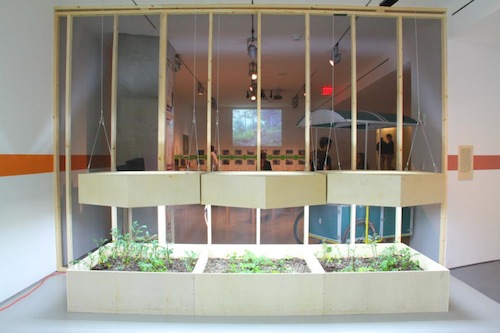
“Green Acres: Artists Farming Fields, Greenhouses and Abandoned Lots.” On view September 22, 2012–January 20, 2013 at the Contemporary Arts Center, Cincinnati.
Best Edible Exhibition: Green Acres: Artists Farming Fields, Greenhouses and Abandoned Lots
Guest curated by Sue Spaid for the Contemporary Arts Center in Cincinnati, Green Acres is the first museum exhibition solely devoted to artists who cultivate and distribute edible foodstuffs. Central to this survey is the artist-as-farmer, a role that dates back to at least the 1960s and has flourished in the last decade. Exhibition highlights include Harrison Studio’s Survival Series, a fully operational farm installed in the galleries; N55 and Til Wolfner’s six-speed-bicycle-cum-farm-stand; and Shannon Young’s mobile gardens planted in repurposed grocery store carts. The full-color catalogue that accompanies Green Acres charts the history of farming as art and activism; it’s a must-have for anyone working at the intersection of art and food. —N.C.
Best Exhibition Programming: Lunch Hour NYC
Since June, critics have been singing praises for Lunch Hour NYC, the New York Public Library’s oh-so-good exhibition on the history of midday eating. Public programs associated with the show haven’t disappointed either. Talks by local food scholars, book signings by renowned chefs, cookbook and pizza-making classes for youth, and a special appearance by Cookie Monster (alongside Rocco DiSpirito) have entertained and educated audiences. To boot, during the warmer months, the Library invited some of the city’s best mobile eateries to park outside during lunchtime. People lined up to chow down on grilled cheese sandwiches, lobster and shrimp rolls, pork and Chinese chive dumplings, and ice cream sandwiches inspired by architecture. With all this, a day at the library sounds pretty darn exciting. —N.C.
Best Art Fair Food Performance: Mark Ruffalo and Gavin Brown cooking sausages, Frieze New York
It was a surreal sight. On the opening afternoon of the first Frieze New York fair, next to a large Rirkrit Tiravanija sculpture draped with chrome sausages, Mark—the Incredible Hulk—Ruffalo grilled up sausages with art dealer Gavin Brown, and served them for free to all comers. “It’s celebrity Dada,” Mr. Brown, a former artist, quipped. The pair are neighbors in Upstate New York, and hosted the sausage party to draw attention to Mr. Ruffalo’s anti-fracking campaign, while also paying tribute to the late artist David Weiss, who had died just days earlier and who is famed for his photographs of sausage and meat with Peter Fischli from the late 1970s. The sausages, for the record, were delicious, and every one of an edition of 60 chrome sausages by Mr. Tiravanija sold out. —A.R.
Best Performance Featuring Cake: Mass Action: 137 Cakes in 90 Hours by Brown Council
In August 2012, the Sydney-based performance collective Brown Council embarked on a monumental project involving the production of 137 cakes in 90 hours. The four members of the collective–Frances Barrett, Kate Blackmore, Kelly Doley and Diana Smith–set out to back every recipe in the Country Women’s Association cookbook Jam Drops and Marble Cake, “pushing the domestic task of baking into a grotesque spectacle of extreme proportions.” The collective baked all of the cakes with five hours to spare over four sleepless nights. —M.F.
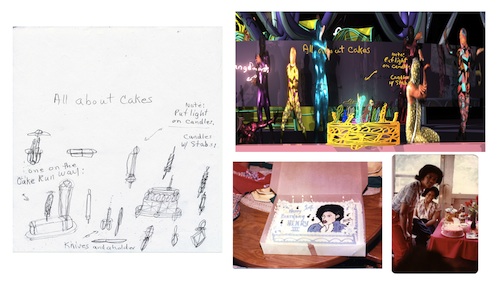
Jacolby Satterwhite. “Country Ball 1989-2012, Appendix” (detail), 2012. Courtesy of the artist and Monya Rowe Gallery.
Best Conceptual Cakes: Country Ball 1989-2012, Appendix by Jacolby Satterwhite
This was a breakout year for performance and video artist Jacolby Satterwhite, whose work has recently been featured in the New York Times, Art Papers, V Magazine, and now three times on the Art21 blog. His installation Country Ball, on view this spring at the Studio Museum in Harlem, featured a whole lotta cake. Drawing on archival family footage, family photo albums, and schematic drawings made by his mother, Satterwhite created a dazzling new video animation, a land of pleasure and plenty, where cakes became architectural structures and platforms for dancing. Cake has a long history in art as being a metaphor for decadence and desire though few, I think, have looked so deliciously strange. —N.C.
Best Use of Soda Pop: Cola Project by He Xiangyu
In the main foyer of 4A Centre for Contemporary Asian Art in Sydney, Australia a lumpy mound of a black rock-like substance dominated the space during He Xiangyu’s Cola Project. The substance was boiled down cola drink, a process developed by Xiangyu in 2008. With his team of factory workers, he “cooked” thousands of litres over a span of a year to create the crystal forms resembling coal. The work focuses on the materiality of Coca-Cola rather than the pervasiveness of the corporate identity of the product. —M.F.
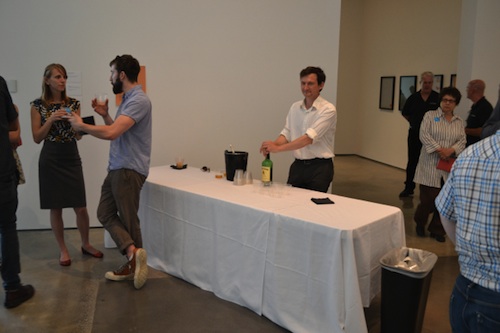
Liam Gillick and Angela Bulloch, “An Old Song and a New Drink,” 1993/2012. Center for Curatorial Studies at Bard College. Courtesy of Andrew Russeth.
Best Re-Created Piece: An Old Song and a New Drink by Liam Gillick and Angela Bulloch
First presented at Paris’s Air de Paris gallery in 1993, Liam Gillick and Angela Bullock’s An Old Song and a New Drink was reprised for the Tom Eccles–curated survey of Mr. Gillick’s work at CCS Bard this summer. At the opening, a gentleman served glasses of Jameson as Prince Buster’s soul classic Ten Commandments chugged along in the background, the singer pronouncing his rather unsavory requirements “from man given to woman.” (“Five, thou shall not provoke me to anger or my wrath will descend upon you heavily.”) An uncomfortable send-up of gender politics both within and outside of the art world, it’s still potent 20 years later. Sipping that glass of whiskey, it was hard to resist dancing to the beat, however guiltily. All the while, questions nagged, as the artists no doubt intended: is it maybe time to change the song, or set down the glass? —A.R.
Best Food-Art Truck: Enemy Kitchen by Michael Rakowitz
Launched in mid-2012, the forest-green food truck titled Enemy Kitchen was the political art project of Chicago artist Michael Rakowitz. The work was conceptualised in 2004 as a form of “social sculpture”–an Iraqi cooking class for young students to broaden their association of a culture often portrayed as a war-torn nation. The project took to the streets in 2012 in conjunction with the Smart Museum exhibition FEAST and invited Iraqi chefs to prepare the meals that were served all over the city. The universality of food and its status as a symbol of hospitality enabled the project to initiate conversation and critiques about military and political discord. —M.F.
Best Private Dining Club as Artwork: Supper Club by Elia Alba with Wanda Raimundi-Ortiz
Soho’s Recess Activities nonprofit organized this project with New York artist Elia Alba, which brought together a dozen or so artists of color—from superstars like Hank Willis Thomas to emerging figures—for a series of dinners presided over by Wanda Raimundi-Ortiz in the guise of her fictional alter ego Chuleta. Fueled by a sumptuous feast and ample helpings of wine, some remarkable conversations about art and race took place at the dinner I attended. Transcripts of the dinners are being compiled into a book, along with photographs of the artist participants by Ms. Alba, providing a record of tasty, moving evenings that just may, one hopes, lead to real change, over time. —A.R.
Best New Food and Culture Journal: The Gourmand, Editors-in-Chief: David Lane and Marina Tweed
Like many good things, The Gourmand was born out of dinner party conversation among friends. The premiere issue of the London-based journal hit newsstands in July, catching my eye with its bright yellow, vinyl-like cover. Inside, weird and wonderful images were paired with ingenious texts. From an interview with Greek artist and chef Yorgos Sapountzi to Jeff Koons’s Apple Dumpling recipe to a fabulously quirky interpretation of 20th century art movements in food (the Bauhaus was “Bavarian cold meats and cheeses, rye bread and a touch of mustard”), every page was savor-worthy. The second issue of The Gourmand was released just this month and, judging from the online excerpts, it’s an equally enjoyable celebration of food and the palette. —N.C.
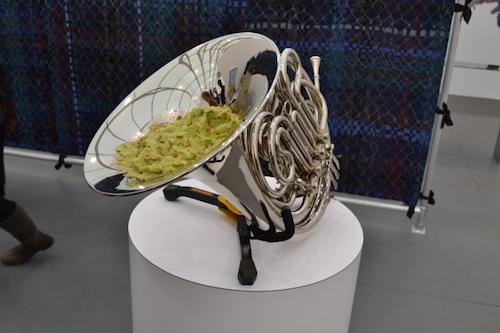
Darren Bader. “French Horn with Gucamole,” 2012. Andrew Kreps Gallery, Frieze New York. Courtesy of Andrew Russeth.
Best Use of Guacamole: French Horn with Guacamole by Darren Bader
A young master of the readymade, Darren Bader has offered up a variety of food sculptures recently, from burritos (beef and chicken) at MoMA PS1 in New York, to lasagna (injected with heroin) at Sadie Coles in London, to a bowl of noodles (harboring an electric razor) at 1857 in Oslo. His strongest food work, for me, though, is his French horn bearing a trove of guacamole that he presented at Andrew Kreps’s Frieze New York booth. While mounting a profound act of generosity (delicious, free food at a fair that had delicious, but expensive food), Mr. Bader also presented a tidy metaphor for the entire art fair experience: a horn of plenty, filled with not-altogether-healthy product that is readily and greedily consumed, digested and then largely forgotten. —A.R.
Best Example of a Food-Art Culture War: The Story of Chickens: A Revolution by Amber Hansen
Amber Hansen ruffled feathers when she proposed to travel five chickens in a coop through downtown Lawrence, Kansas and, after locals had gotten to know the birds, slaughter and cook them up for a community potluck. Meant to “addresses the complex relationship shared between humans and animals,” Hasen’s idea elicited unenthusiastic responses. Online, commenters passionately pleaded for the birds’ lives and maliciously questioned the project’s artistic merits. Local officials stepped in and banned The Story of Chickens citing violation of city ordinances. Hansen modified her project sans chickens, yet one point she was trying to make was still easy to see: the further removed we are from animals, the easier it is to accept the everyday processes that deliver them to our tables. As Hansen bluntly states, “For humans to consume meat, an animal must die.” —N.C.

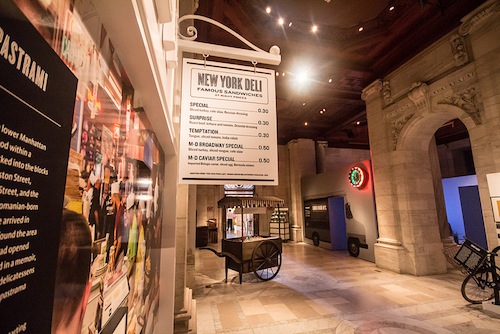
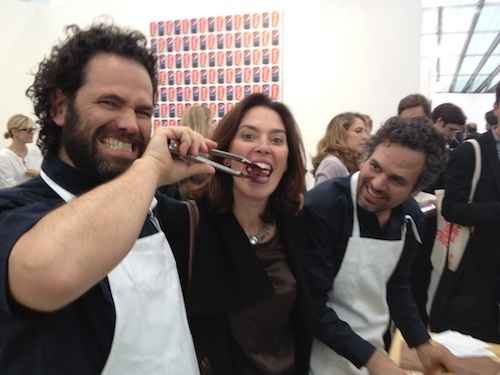
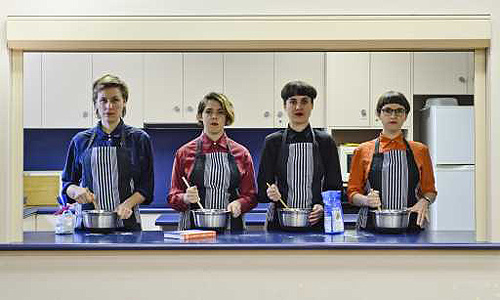
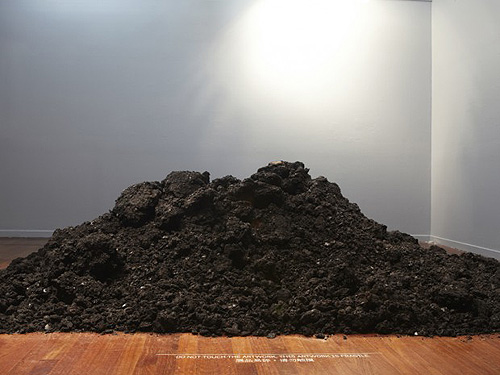
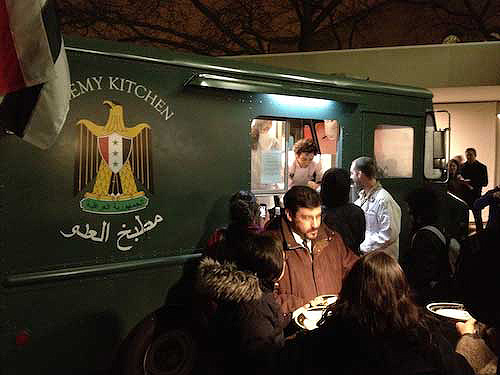
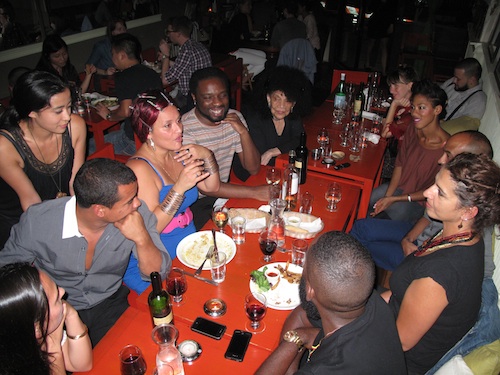
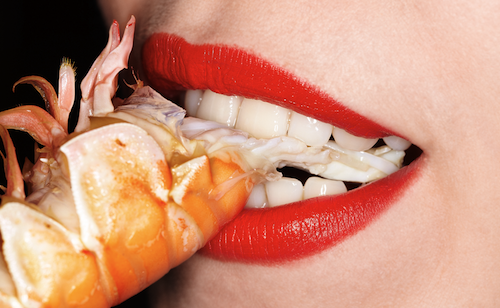
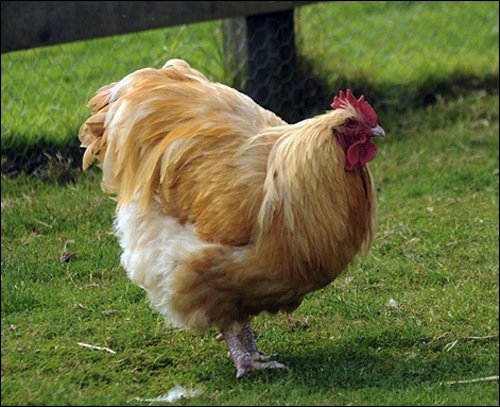



Pingback: Nippertown!
Pingback: Yummmm…sumptuous | humble, all too humble
Pingback: The Best in Food-Art 2012 | Nicole J Caruth
Pingback: 4 women bake 137 cakes in 90 hours | low tech/high joy collaborative